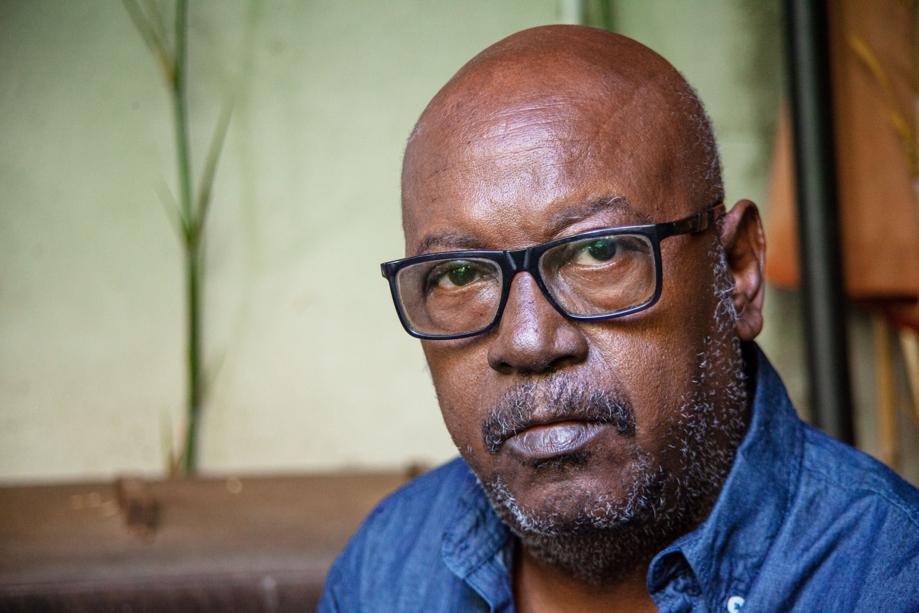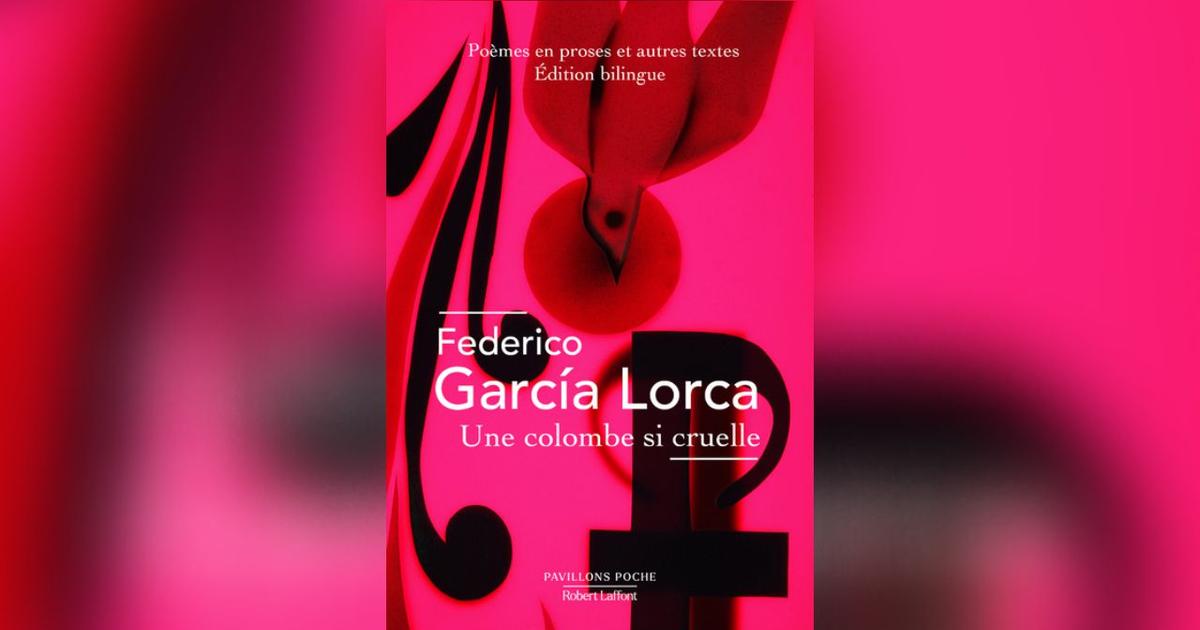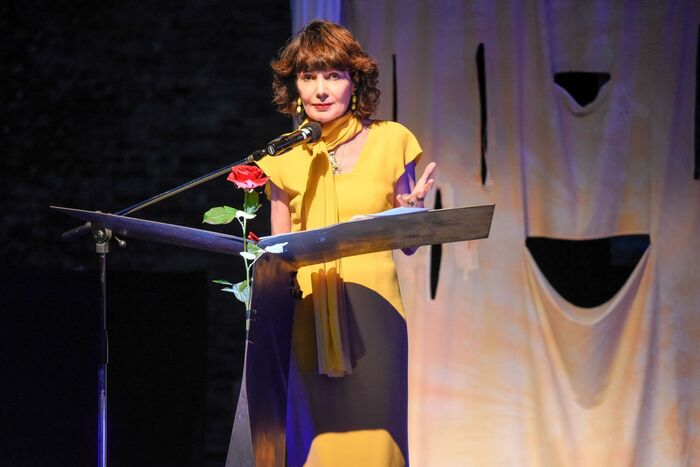For someone outside the social situation of the towns of the Vega of Granada in the twenties and thirties of the last century, does it make sense to know the real substrate from which Lorca took arguments for his writing?
I understand that it is, because those events shed light on the author's creative process, which overflows and universalizes them, without counting on the fact that they explain the formation and constituents of his psyche.
Lorca: based on real events (The events that inspired his works),
by Miguel Caballero, focuses on events and characters that feed some of Lorca's works, with numerous internal crosses: 'Romance de la Guardia Civil española', the two romances about Antonio el Camborio (although there are other related compositions, such as 'Sorpresa', by
Poema del cante jondo
),
Bodas de sangre
and
La casa de Bernarda Alba
. With the exception of
Blood Weddings
, the plot candlestick of the works
offers, in addition to other data, clues about his murder, about which the author has spoken in previous publications, minimizing the political reasons in favor of old neighborhood and even family quarrels that the poet, adding salt to the wound, would have revived and disseminated in his writings.
From left to right, Ana Belén, Enriqueta Carballeira, Aurora Pastor, Mercedes Lezcano and Vicky Peña, as Bernarda Alba's five daughters, in a scene from the filming of 'La Casa de Bernarda Alba', directed by Mario Camus between 1986 and 1987 .
Blood Wedding
It is inspired by a frustrated wedding, in which the bride ran away with a cousin who was shot and killed by the groom's brother, who was married to one of her sister. This criminal and endogamous entanglement occurred in July 1928, in farmhouses in Campo de Níjar, where, as in a naturalistic tragedy, the suffocating heat, squalor, and the warping greed of marriages of convenience to expand the lands, cracked drylands, induce crime. that barely produced any esparto grass. Without expressing the many differences, the passionate fatalism that inflames the drama of Lorca and the heart of his Bride is not applicable to Paca la Coja, the poor cripple of the disastrous Almeria episode; neither the erotic impulse and the poetic demands of honor admit of a comparison with the murky rural crime, after the murderer fortuitously ran into the fugitives; nor, in short,Lorca's boyfriend, killed like his antagonist Leonardo in a stabbing fight, is comparable to reality, who tries to get away from his accusation in a crime he did not commit.
Inquiries like this must be extremely accurate and historically faithful, since the common reader cannot verify the veracity of multiple claims — and accusations — that are made. So the inaccuracies and inconsistencies not only with what happened, but with the text itself, undermine the reader's confidence in other incontestable assertions, true or not. I will cite as an example a couple of mismatches, one documentary and the other interpretive. The first: Níjar's boyfriend is called, in just four pages (99-102), Casimiro Pino Pérez, Casimiro Pérez Pino and Francisco Pérez Pino, something no less in an endogamous framework that favors onomastic confusion. The second: in
Blood Wedding
, the Groom's mother is poisoned when she learns that Leonardo, the former boyfriend of the fiancee of his only son, belongs to the family of "the matadors" (that is, of the murderers) of her husband and her first-born, while Caballero seems to understand it in a bullfighting way, when he writes that he was “a member of a family of matadors, a traditional element, almost a cliché ever since” (p. 119).
As a historical reason for the 'Romance of the Spanish Civil Guard' Caballero points out an agricultural strike in the Jerez countryside in 1923. The author identifies the Benemérita officials who violently repressed the day laborers and dismantled the gypsy settlements, and reviews the history of each both previously (charge of the guards against the slaughterhouses raised in Malaga in 1918, which Mauricio Bacarisse poeticized in 'Dead Women') and later: Sanjurjada of 1932, massacre of Casas Viejas of 1933, military uprising of 1936, to the that they adhered. This is the case, shortly before the murder of the poet in which someone is also concerned, of the harassment suffered by the García Lorca family in the Huerta de San Vicente, in which the executioner of Casas Viejas participated,Captain Rojas Feigenspan (brother-in-law of the gunner Juan Hernández Saravia, friend and loyal military collaborator of Azaña, whom that massacre spoiled part of his credit and, with him, that of the Republic).
Federico and Francisco García Lorca (right), in the Granada house on Acera del Darro.FFGL
In
La casa de Bernarda Alba
, the tangle of relatives and relatives on some side of the García Lorca family, who go from the muses to the theater, becomes almost inextricable: the Alba, the Roldán, the Benavides.
Several, in addition, intervened or could intervene in the death of the poet.
The author of this book gives hierarchical primacy to the reality that literature nourishes over literature itself, and this is indicated by various epigraphs of his work, one of which reads "The
true
Bernarda Alba ”(my italics), which for him is not the drama from Lorca, but Francisca Alba Sierra.
It is its purpose and it is within its right, but it would have been agreed that the components were arranged in an organic and not cumulative order, not inserting here subsidiary or digressive aspects into the nucleus (biography of Agustín Penón, repression in Chauchina in 1936) and sharply separating proven facts of better or worse founded assumptions, such as the motives for the murder by the rebels in 1936 of Antonio Cortés Heredia, one of the two Camborio brothers with whom the poet built a splendid human archetype.
Given this, it is impossible to read this book without feeling the stroke of Lorca's genius and his ability to turn the bargain of facts into the gold of myths.
Look for it in your bookstore
You can follow BABELIA on
and
, or sign up here to receive
our weekly newsletter
.
Sign in to continue reading
Just by having an account you can read this article, it's free
Sign upLogin
Thanks for reading EL PAÍS




/cloudfront-eu-central-1.images.arcpublishing.com/prisa/IOQOCJLRXFFHVAIFFVFKAPDUG4.JPG)




